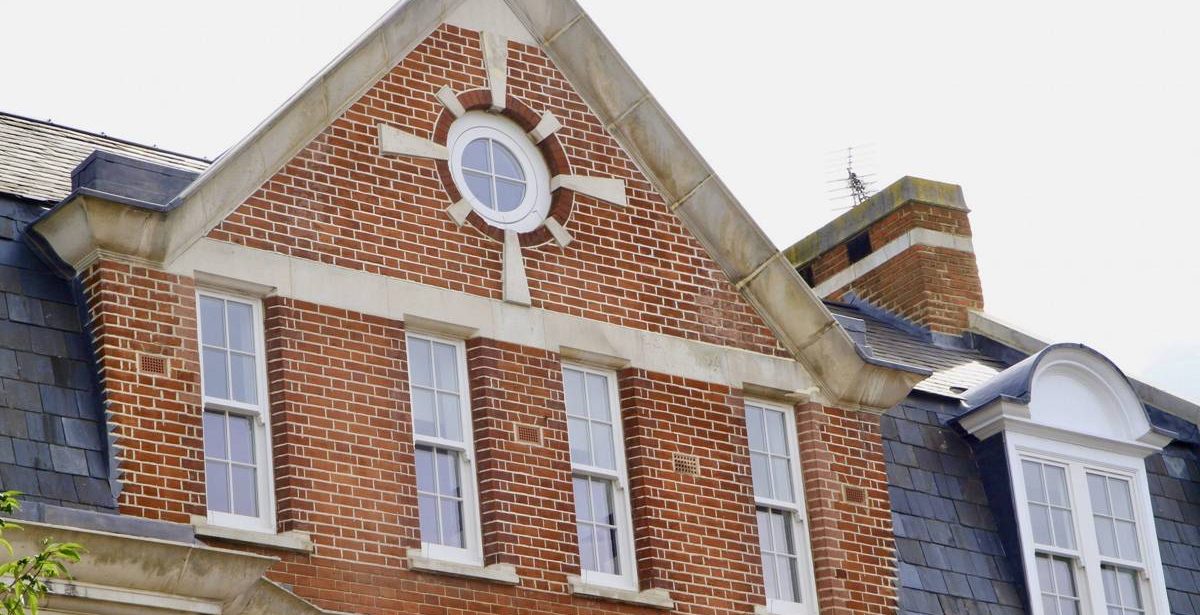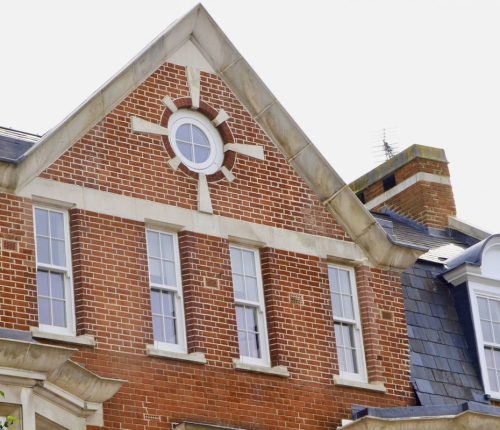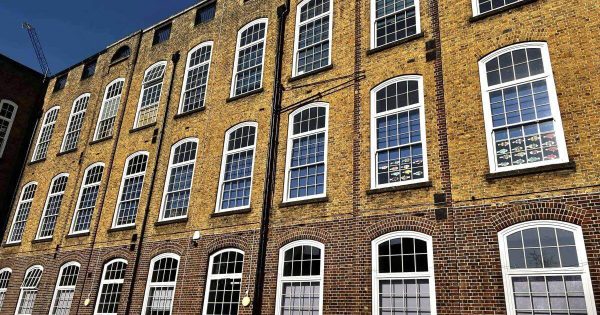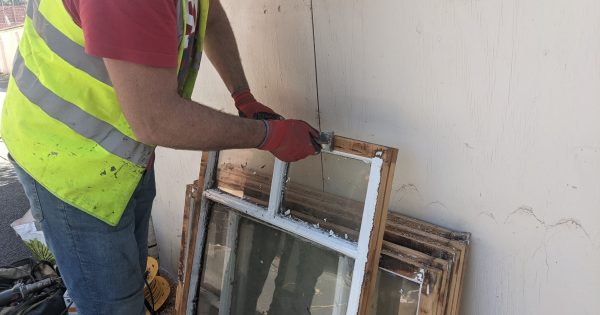Sat Jan 1
There are three things which are inevitable in the UK – death, taxes, and condensation on your windows, no doubt the result of living in a country known for its perpetually damp and humid weather!
Excessive condensation on sash windows is evidence that a room contains too much humidity, and is most common in winter, when colder temperatures ensure that the surface temperature of your windows is cold enough to condense water. It happens when warm air collides with the cold surface temperature of the window. In a humid room with plenty of moisture in the air, the tiny water molecules in the air will eventually clump together and form water droplets, creating condensation. The same effect is visible whenever your bathroom mirror is steamed up after a shower, your kitchen windows turn foggy whilst cooking, or when you pour a cold drink on a hot day and the glass starts getting wet.
For most properly built houses, keeping the windows open for a short period every day is enough to allow air to circulate, with humid air escaping outside and dry air entering. But if allowed to build up, condensation can lead to a litany of problems for your property. It can damage the property, damaging seals on windows or on your uPVC. Left alone for long periods, you can find condensation creating damp and patches of mould on your walls. That can then lead to even more serious consequences: health problems, such as sinus problems, asthma, and even bronchitis.
Collectively, the human race has gotten very efficient at building warm, well-insulated homes that keep heat in, and cold air and draughts out. The downside of this is that many of our homes now need extra help with ventilation and circulating air. A little bit of condensation in your home during the winter is likely nothing to be concerned about – simply remember to open the windows or allow air to ventilate for a short period daily and most condensation issues will dissipate. In particularly humid areas in your home, such as the bathroom and kitchen, it’s recommended that you install ventilation systems, to allow air to circulate properly.
But pay close attention to any areas which are persistent. These could represent evidence of problems within the building – places where the outside brickwork or rendering has deteriorated, allowing moisture to seep through, or where there might be thermal bridges in its insulated envelope. These could come from gaps in hidden areas – basements, crawlspaces, ventilation systems. It’s essential to keep an eye on these areas and ensure that persistent condensation issues are identified and rectified.
The quality of installed windows is one key aspect of how likely condensation is to form in your home. Three-pane-glazed windows are the best at insulation, with the interior pane significantly warmer than its equivalent in standard double-glazing and single pane windows.
If we can help you with your heritage window restoration project or you would like custom-made replacement “like for like” slim profile double glazed sash windows, please call TRC Windows, “Experts in Bespoke Timber Sash & Timber Casement Windows Replacement & Restoration” on 01858 469 225 or send an email to info@trccontracts.com.





